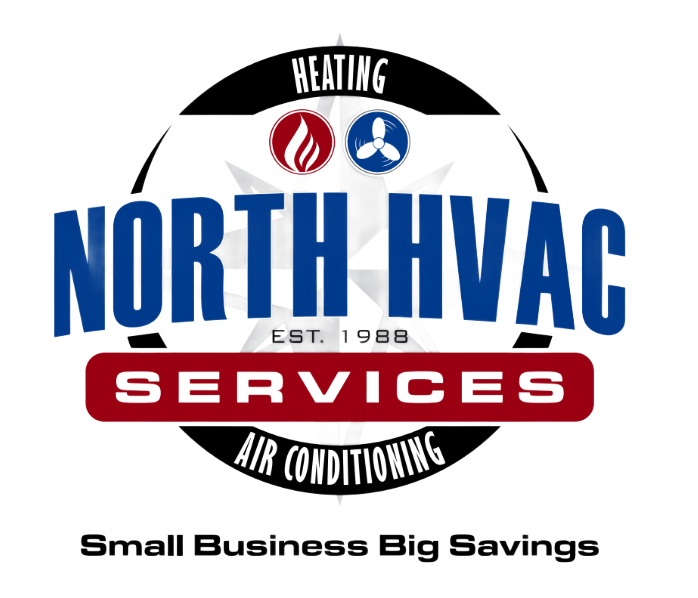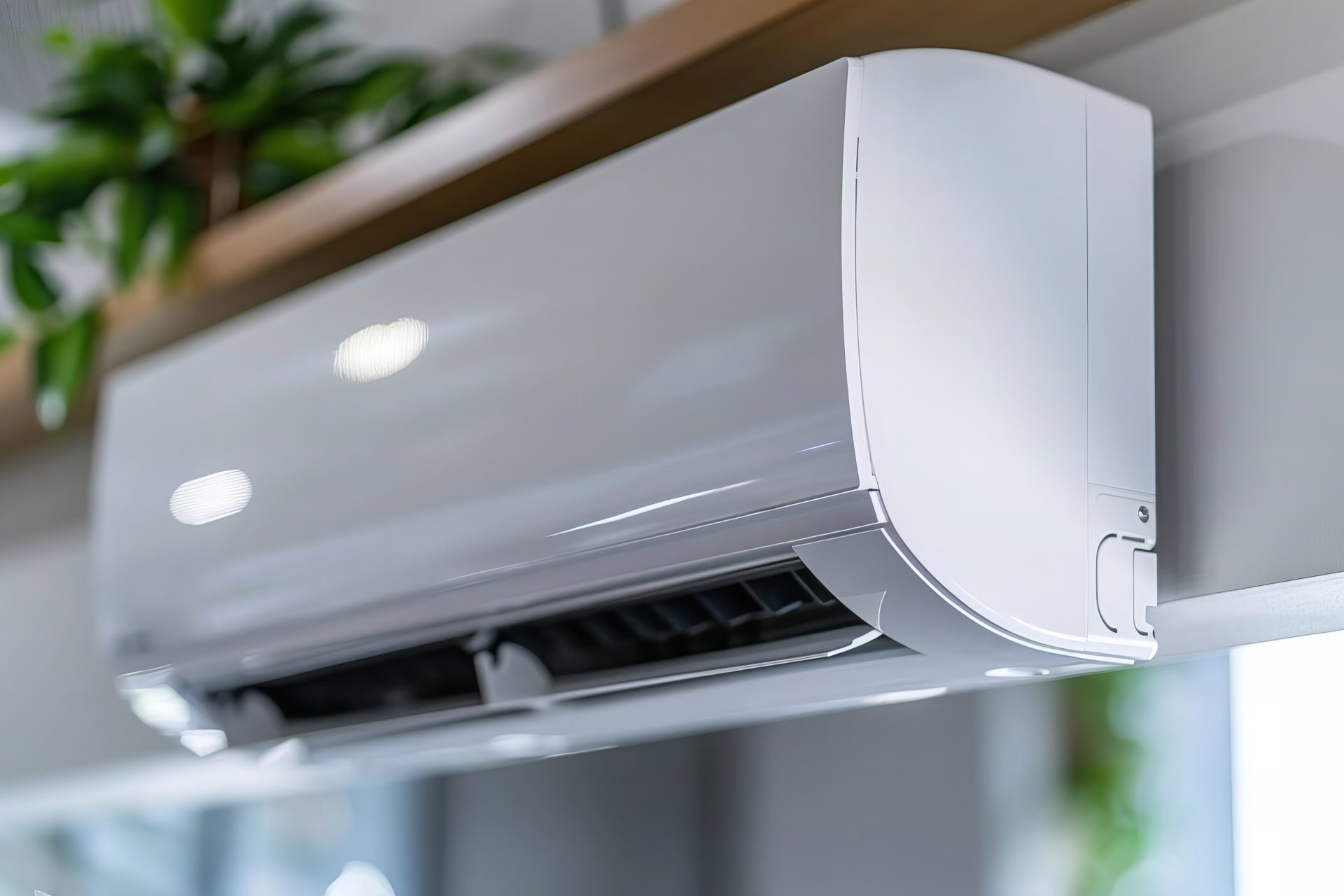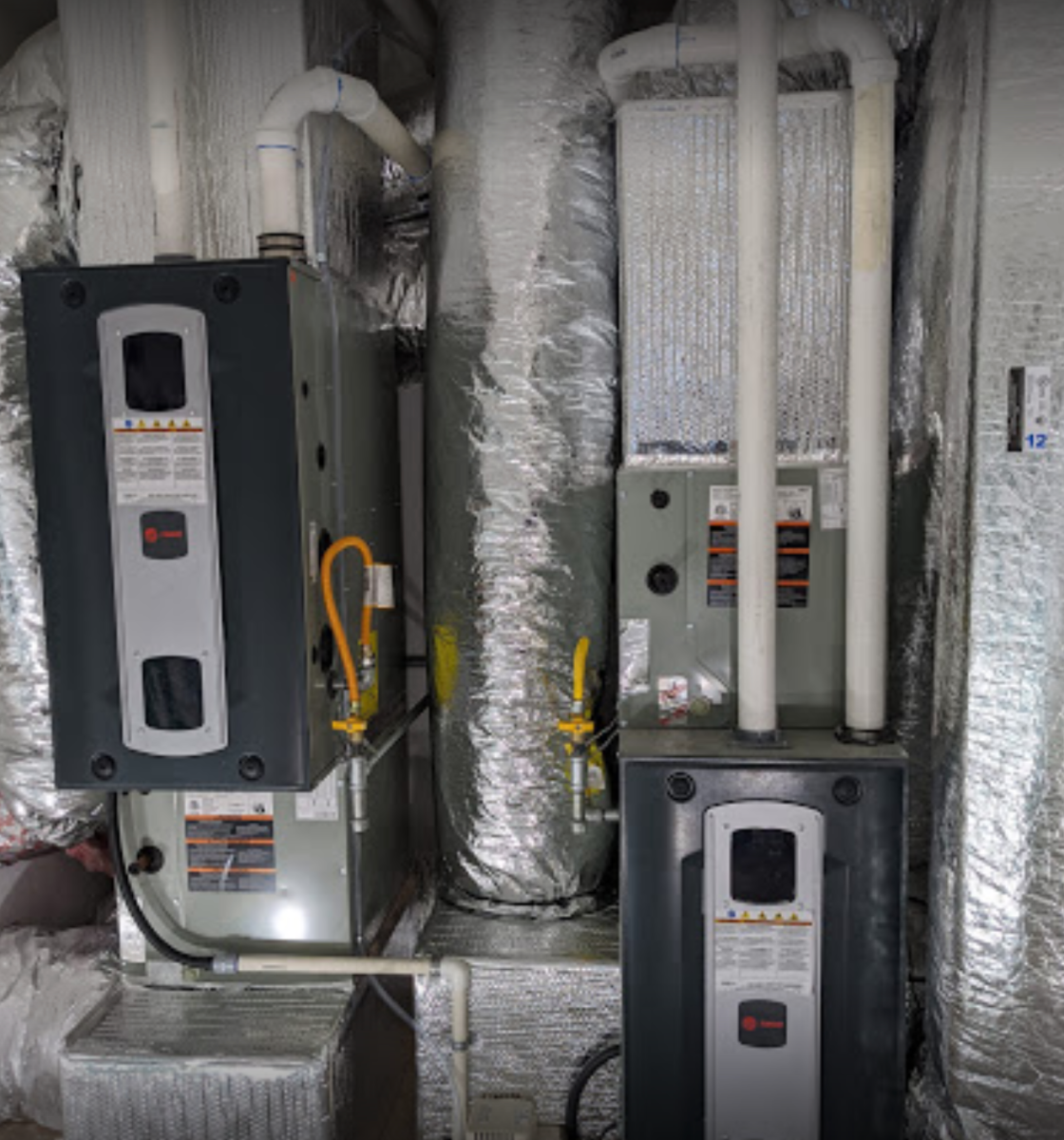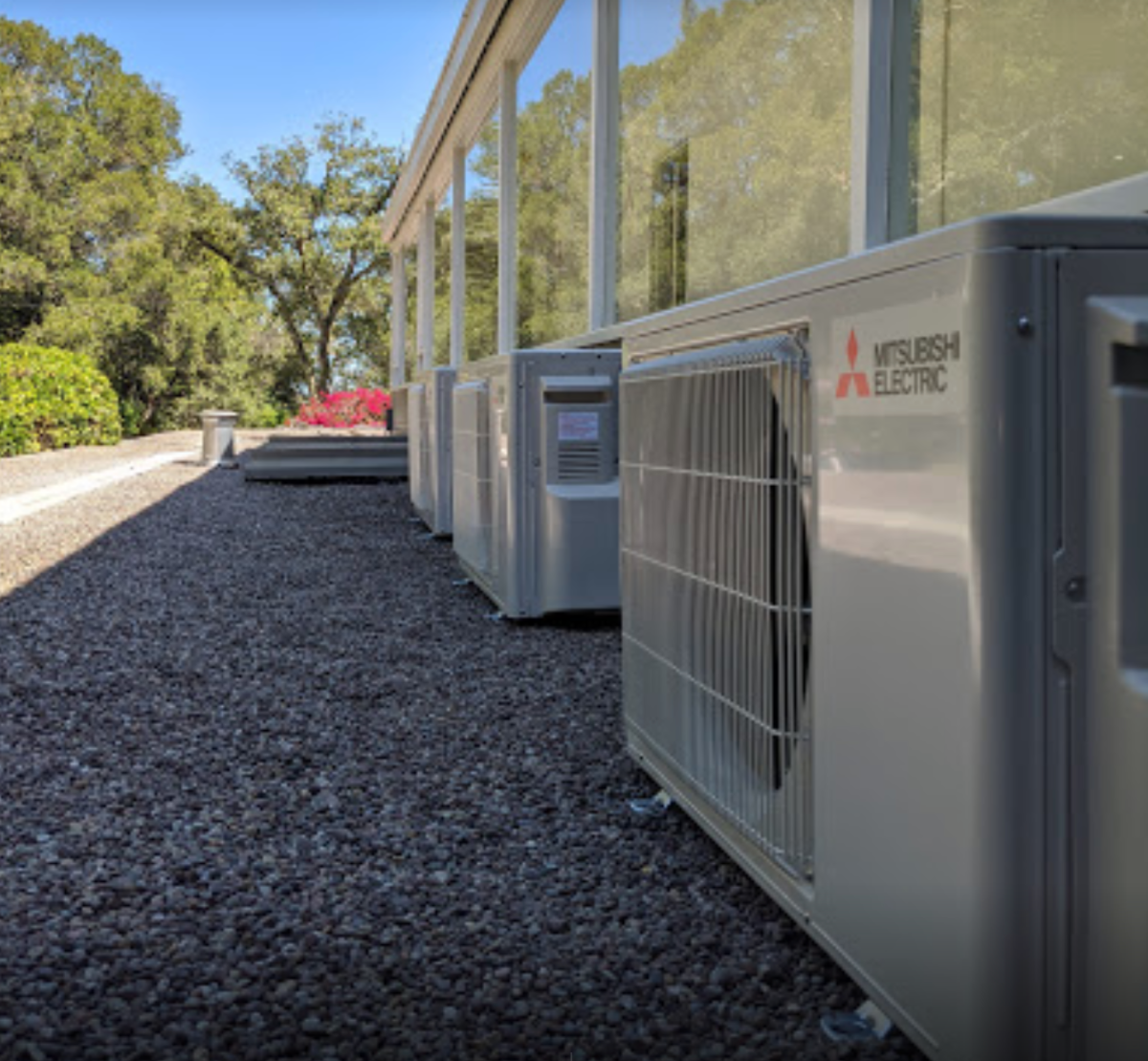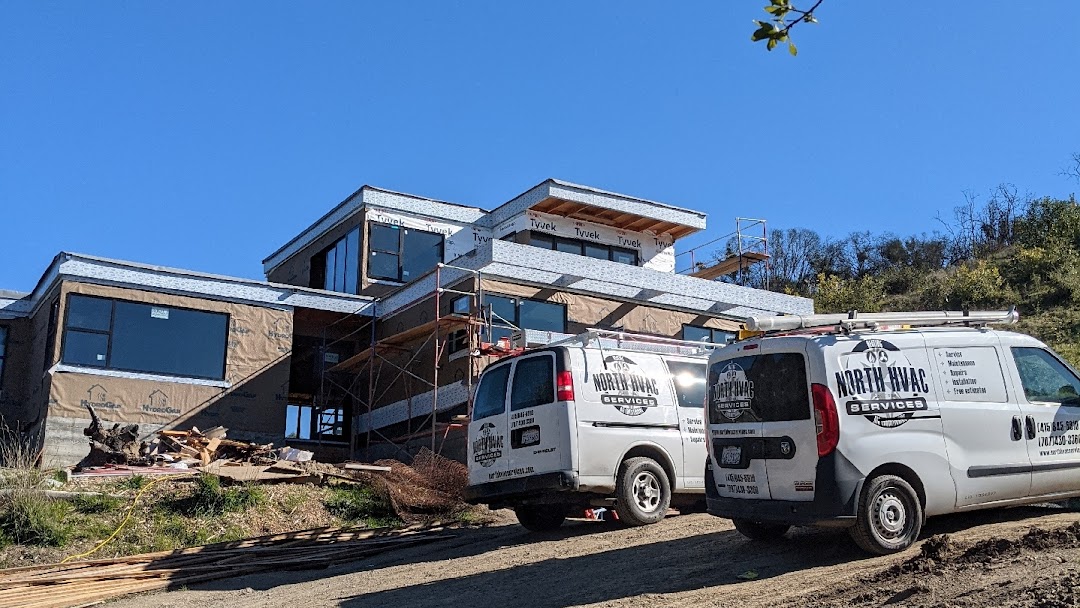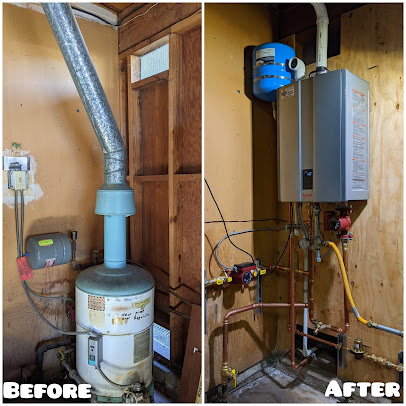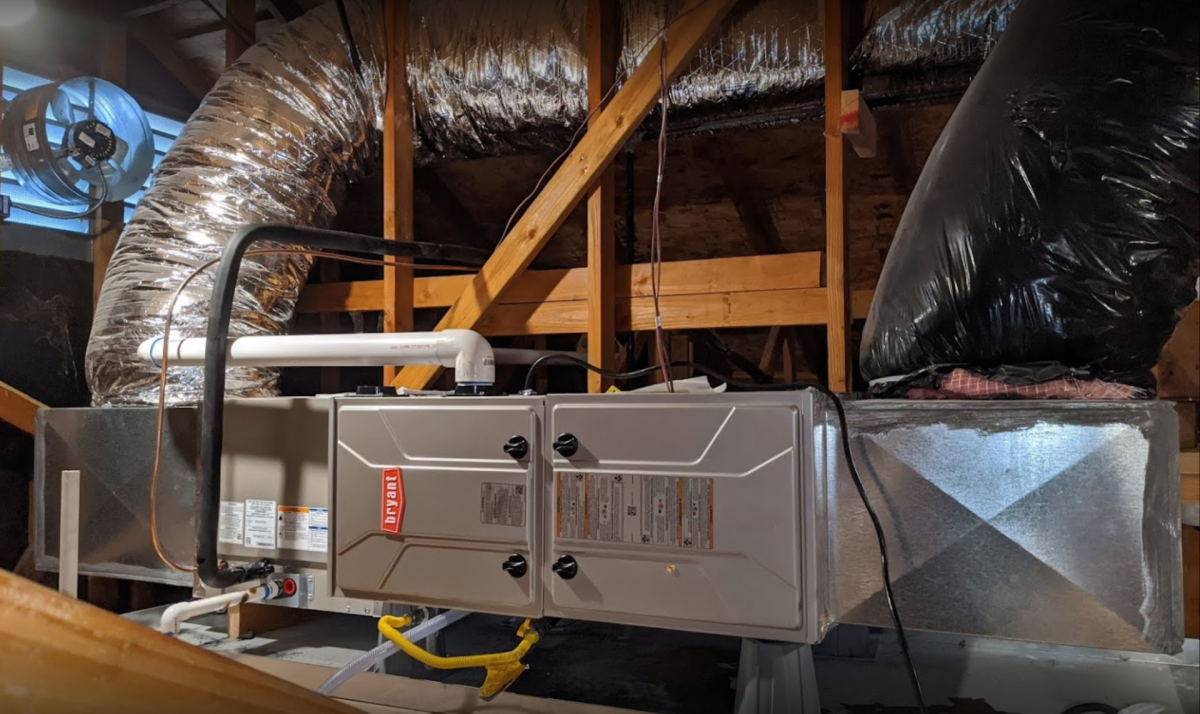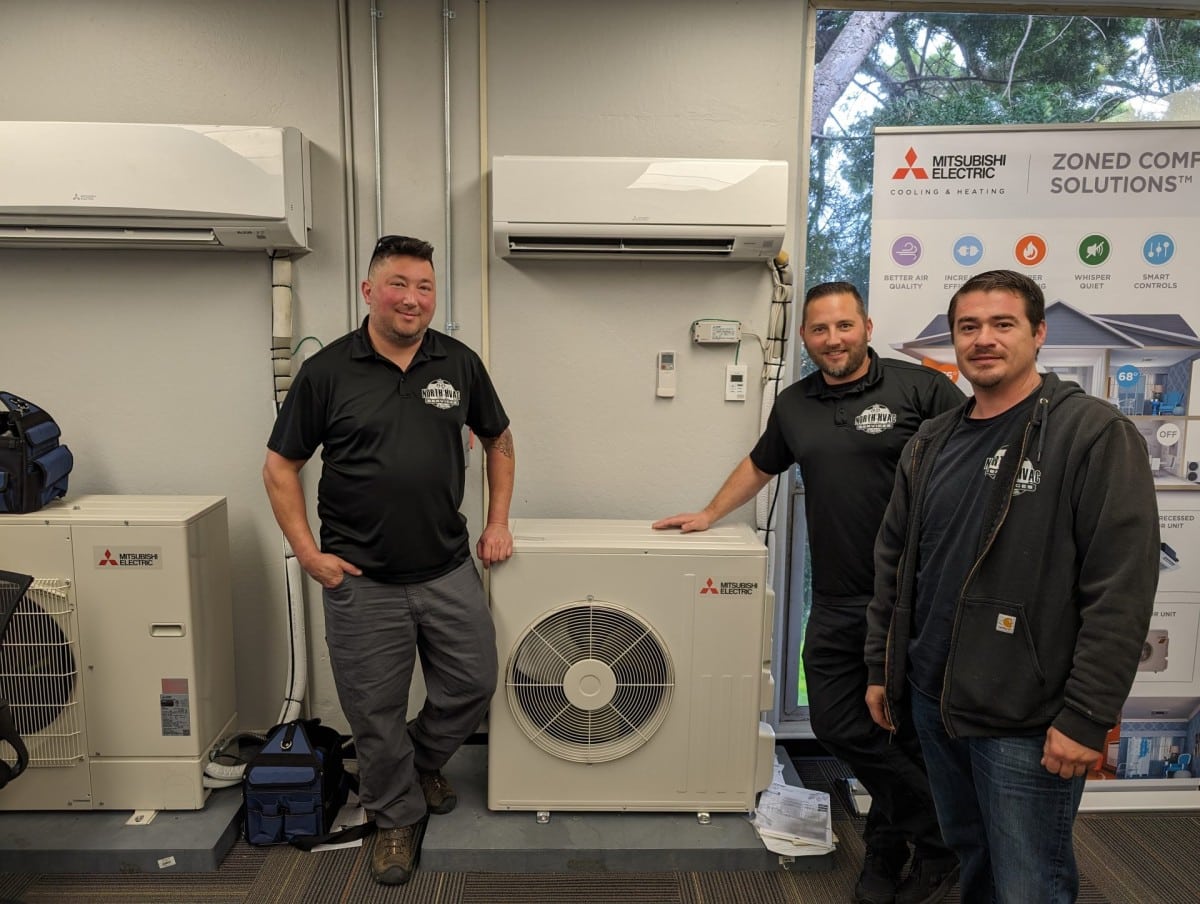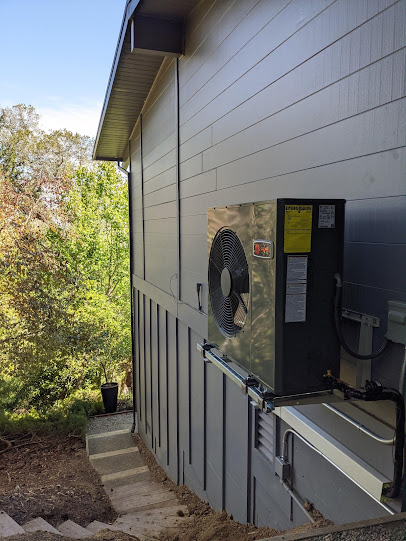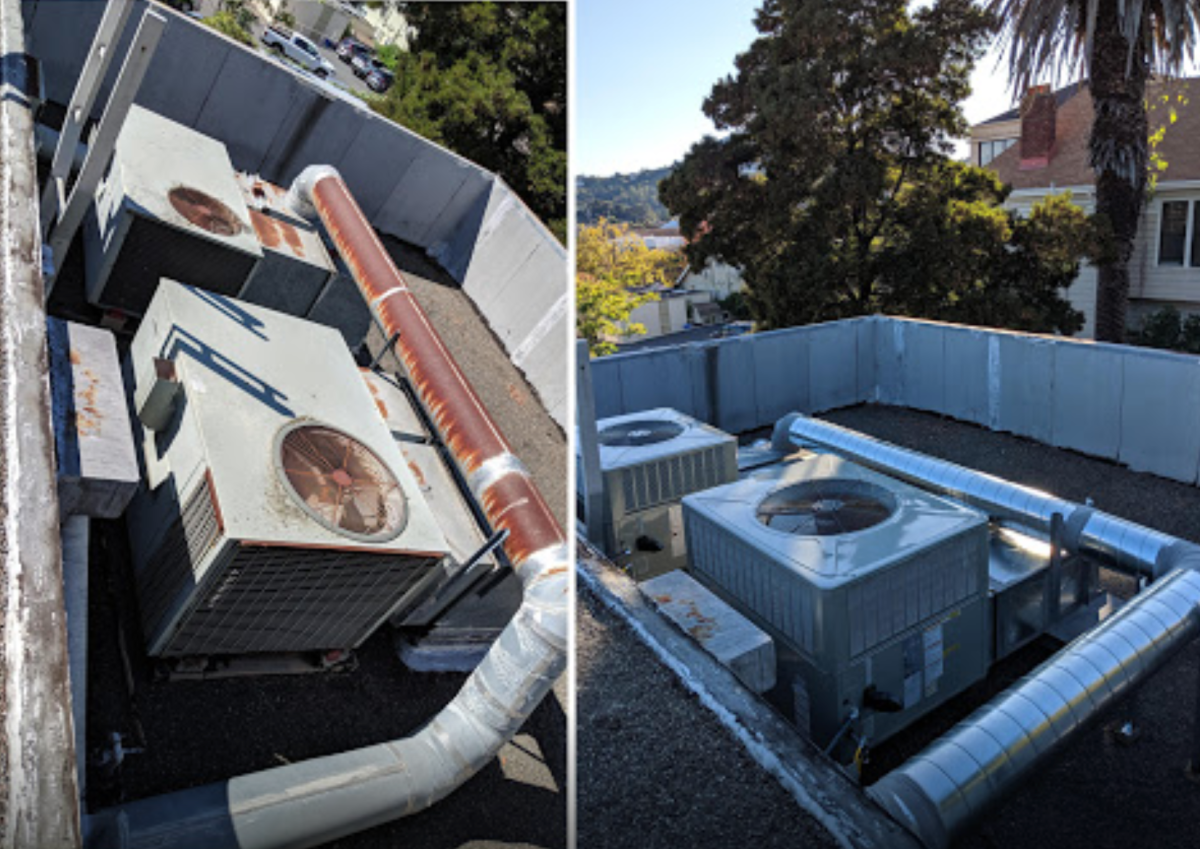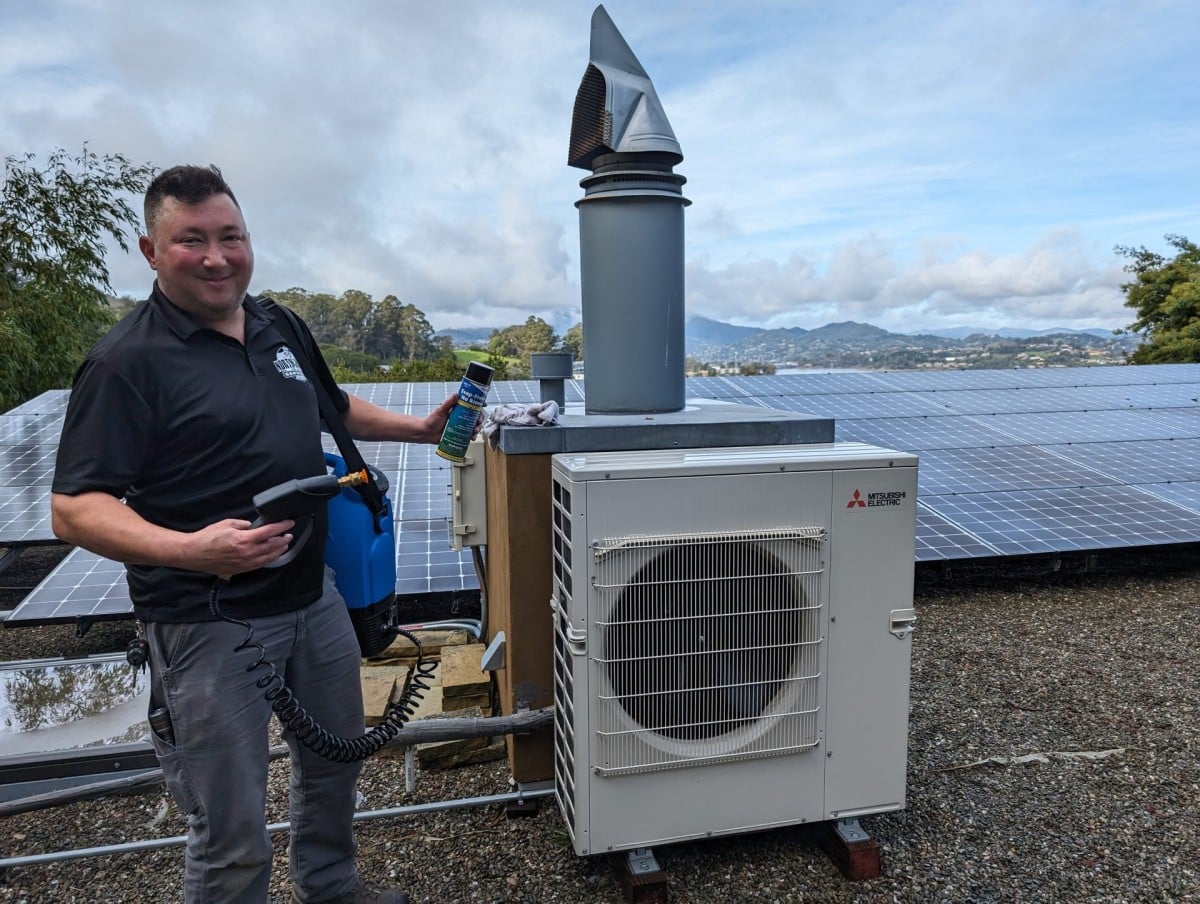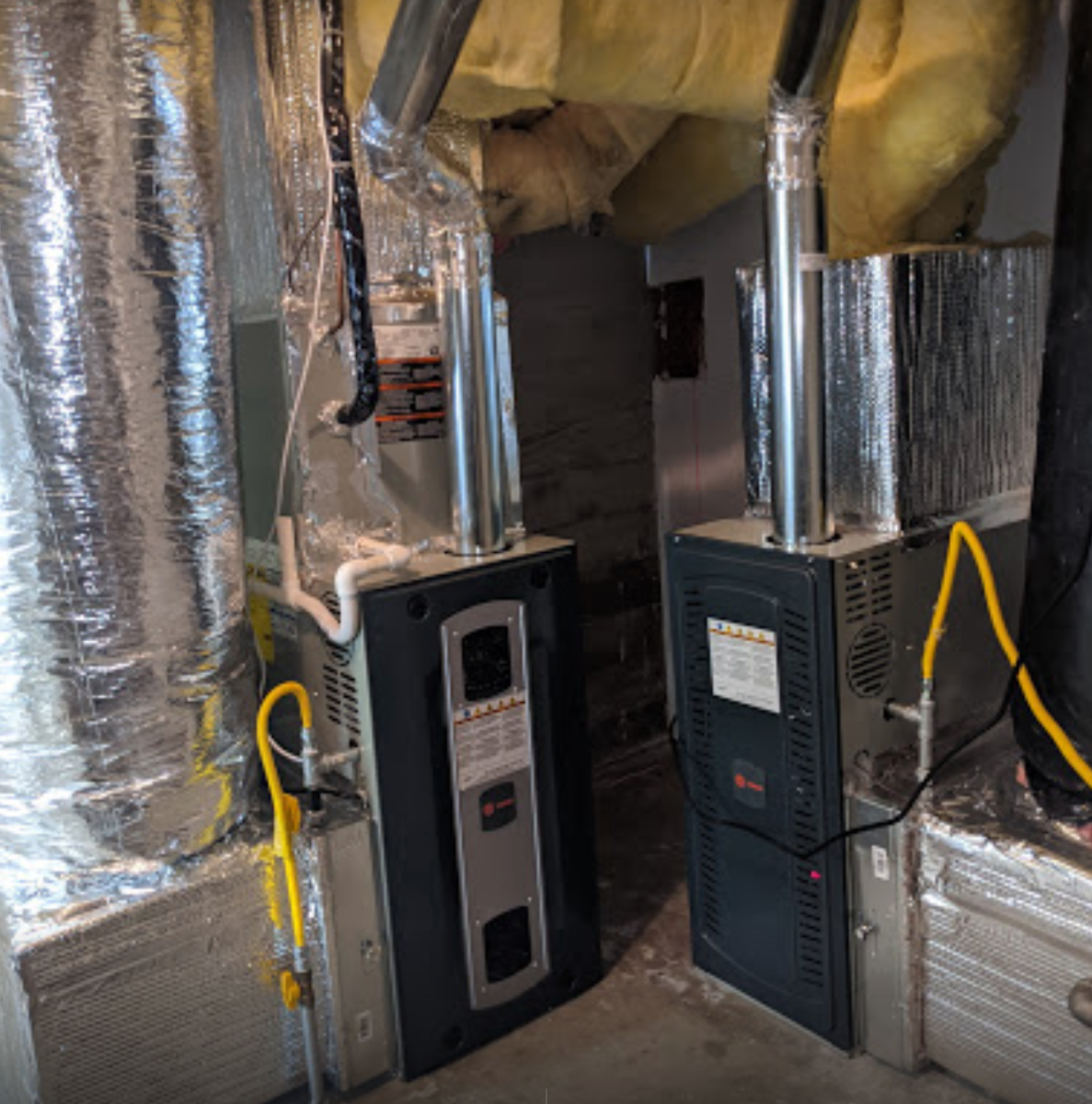If you’re building, remodeling, or upgrading your HVAC system in Northern California, the choice between ductless mini splits and central air isn’t as simple as it used to be.
With rising energy costs, changing climate demands, and home design trends shifting toward zone control, homeowners in Sonoma, Marin, and Napa counties are reconsidering how they heat and cool their spaces. Both systems can keep you comfortable, but the right solution depends on your layout, usage, efficiency goals, and upfront budget.
Let’s break down how ductless systems compare to central HVAC — and when each one makes more sense.
What is a ductless mini split system?
A ductless mini split system uses individual wall-mounted or ceiling-mounted air handlers to heat and cool specific rooms. Each unit is connected to a small outdoor condenser.
Unlike central air, mini splits don’t rely on ducts to distribute conditioned air. They deliver heating and cooling directly to the room where the indoor unit is installed.
Each zone is independently controlled by its own remote or thermostat. This makes it ideal for homeowners who want to control temperatures room-by-room.
What is a central air system?
A central HVAC system uses a single air handler (usually in the attic or garage) connected to a network of ducts that carry air to every room.
It uses one central thermostat to manage heating and cooling for the entire home. These systems are still the most common setup in Northern California, especially in homes built before the 2000s.
Most existing homes in Sonoma and Napa have ductwork already in place, which makes central HVAC easier to replace or upgrade.
Efficiency and energy use
Ductless systems tend to be more energy efficient, especially for smaller homes or selective zone usage.
That’s because:
-
No duct losses: Central systems can lose 20–30% of air through duct leaks or heat transfer
-
Zoned control: You only heat or cool the rooms you use
-
Inverter-driven compressors: These adjust power based on demand, unlike traditional on/off central systems
Central air systems are efficient too, especially newer models with variable-speed blowers, but they work best when the whole home is consistently occupied.
If your home is often unoccupied during the day, or you only use certain rooms, ductless mini splits save energy by not wasting conditioning on empty spaces.
Installation and upfront cost
Central air systems generally have a lower upfront equipment cost. However, installation costs rise quickly if ductwork needs replacement or repairs.
Mini splits may cost more per zone, but they don’t require ducting, registers, or bulky mechanical closets.
Average costs in Northern California:
-
Central HVAC with ductwork: $10,000–$18,000
-
Ductless mini split (single zone): $4,000–$6,000
-
Ductless mini split (multi-zone, 3–5 heads): $12,000–$20,000
Ductless systems are ideal for:
-
Homes without existing ductwork
-
Older homes where ducting would be invasive
-
Additions, in-law units, or garages
-
Rooms with poor airflow from central systems
Need a quote tailored to your home? North HVAC Services offers full consultations for both ductless and central system installs. Call (415) 845-6910 to schedule an in-home evaluation.
Aesthetics and design flexibility
Ductless mini splits are visible. Wall-mounted units are the most common and stick out slightly. Ceiling cassettes are more discreet, but installation may be limited by joist layout.
Central HVAC is nearly invisible. With ducts tucked into walls or ceilings, only grilles and vents are visible.
If maintaining a clean interior design with minimal visual disruption is important to you, central air has the edge — unless you’re building a custom layout that integrates ductless systems creatively.
Zoning and control
Zoning is where ductless systems shine. Each unit has its own controls, allowing you to:
-
Keep bedrooms cooler at night
-
Avoid heating or cooling unoccupied rooms
-
Customize temperatures based on user preference
Central HVAC systems can be zoned too, but doing so adds complexity and cost. Most homes with central systems still rely on one thermostat, even if they have rooms with very different heating/cooling needs.
For homes with multiple occupants, rental units, or home offices, ductless zoning makes everyday comfort far more personalized and efficient.
Indoor air quality (IAQ)
Both system types can support strong indoor air quality — but how they do it varies.
Ductless mini splits:
-
Fewer components = less chance for dust buildup
-
No duct leakage or contamination from unconditioned spaces
-
Built-in filtration at each head
Central HVAC systems:
-
Allow for whole-home HEPA or MERV 13+ filtration
-
Better suited for UV purification or central dehumidifiers
-
Duct sealing and cleaning become important over time
If air quality is a top concern, make sure you’re not just comparing system types — compare filtration options, system maintenance, and duct integrity.
Maintenance needs
Both systems require regular maintenance, but the type differs.
Ductless systems:
-
Filters at each head must be cleaned monthly
-
Drain lines and coils should be cleaned yearly
-
Outdoor condenser needs debris clearance
Central systems:
-
Filter changes every 1–3 months
-
Annual servicing of blower, ducts, and evaporator coil
-
Duct inspections every few years to check for leaks or mold
Homeowners who prefer DIY maintenance often appreciate the ease of cleaning ductless filters. Those with central systems may need to rely more on professional service — especially as duct systems age.
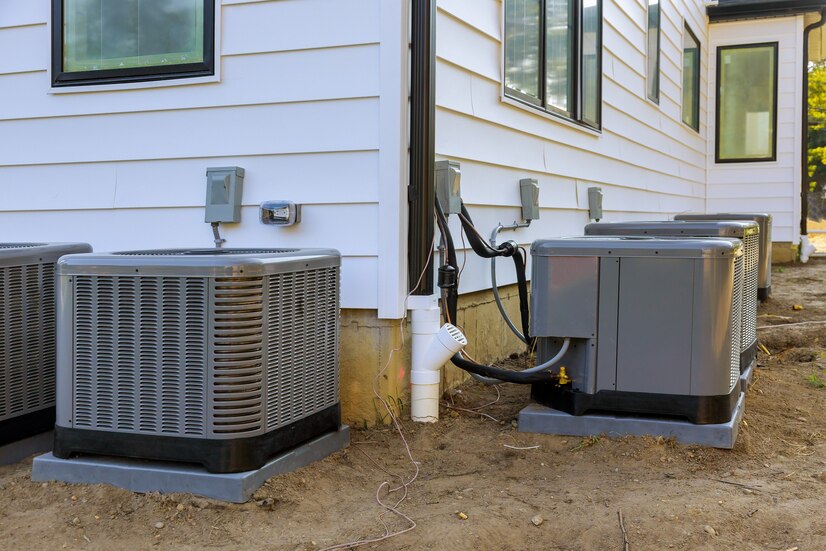
Climate performance in Northern California
Ductless mini splits are fully capable of handling the weather swings in Northern California.
Modern systems provide strong performance even when outdoor temps drop into the low 30s. Most models support both cooling and heating, making them a year-round solution.
Central HVAC systems remain efficient here too, especially when paired with modern heat pumps. If your home is well-sealed and insulated, either system can meet your performance needs.
Live in Petaluma, Santa Rosa, or anywhere in the North Bay? North HVAC Services installs and services both ductless mini splits and high-efficiency central air systems. If you’re not sure which direction to go, call us at (415) 845-6910 for expert advice based on your specific home.
Which system makes more sense for you?
Use this checklist to help narrow it down:
Choose ductless mini splits if:
-
You want zone-by-zone control
-
You don’t have ductwork (or don’t want it)
-
You’re building an addition or ADU
-
You need higher energy efficiency in a small space
-
You want lower utility bills and flexible installation
Choose central air if:
-
Your home already has ductwork
-
You want minimal indoor visibility
-
You prefer one consistent temperature throughout
-
You plan to integrate whole-home air purification
-
You have a larger home with open layout and airflow
Both systems are effective. It comes down to how your home is built and how you use it. That’s why getting an expert opinion matters.
Final thoughts
There’s no one-size-fits-all answer when it comes to HVAC. In Northern California, both ductless mini splits and central air make sense — depending on your layout, lifestyle, and goals.
Energy efficiency matters. So does comfort, cost, and air quality. Whether you’re remodeling a 1940s bungalow in Santa Rosa or upgrading a two-story home in San Rafael, North HVAC Services can help you make the right call.
To speak with a technician who understands local building codes, rebate programs, and system compatibility, call (415) 845-6910 and schedule your ductless vs central consultation today.
